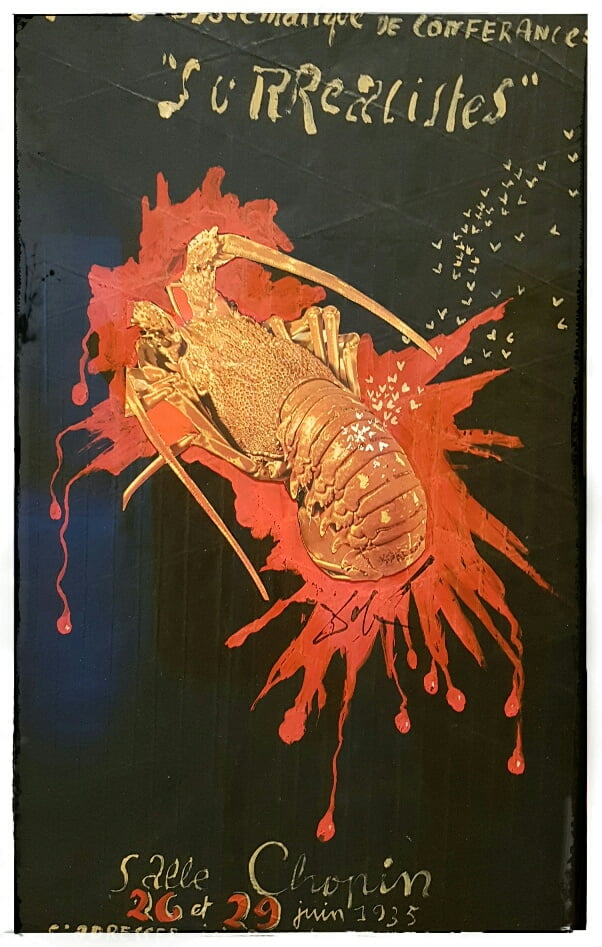I read that ludicrous line, “without historical intent…” on a museum explanatory sheet today, about…
It’s the Thought That Counts Uno, Dos, Tres
This morning was lovely but Vancouver cold, around 14 degrees, I felt like a Parisian at Roland Garros; sunny skies with fair weather clouds and a wicked wind. But it did mild up as the wind died down.


We walked through old Madrid to the Royal Palace. I was feeling sort of palace-d out, and was only enticed by the Caravaggio exhibit included with the ticket price. The exterior is quite grand. Palatial I believe is the term.

The church adjacent to the palace is equally imposing. Cathedral Almudena dates to 1879, but wasn’t “finally” completed until the 1980s. Exterior is neoclassical to harmonize with the palace. We didn’t explore the gothic interior (as it costs an additional six euro…).

The view from the palace to the Campo Del Moro gardens. British royalty never had the foresight to buy up land and preserve a castle view! Wow. Madrid fun fact: Philip II created Madrid as the capital in 1561 when it was nothing but a backwater. Over 50 years the population went from 9,000 to 85,000. Madrid fun fact bonus: Madrid is the third largest city in the EU.


VIP. His secretary is on her mobile, his bodyguard on the steps below.
You can take pictures of the entrance, but not inside the castle. It is grand, as if I need to write that.

There is a Stradivarius room. There is not one, not two, not three, not four, not five, but six Stradivarius’s. Or is it Stradivaria?
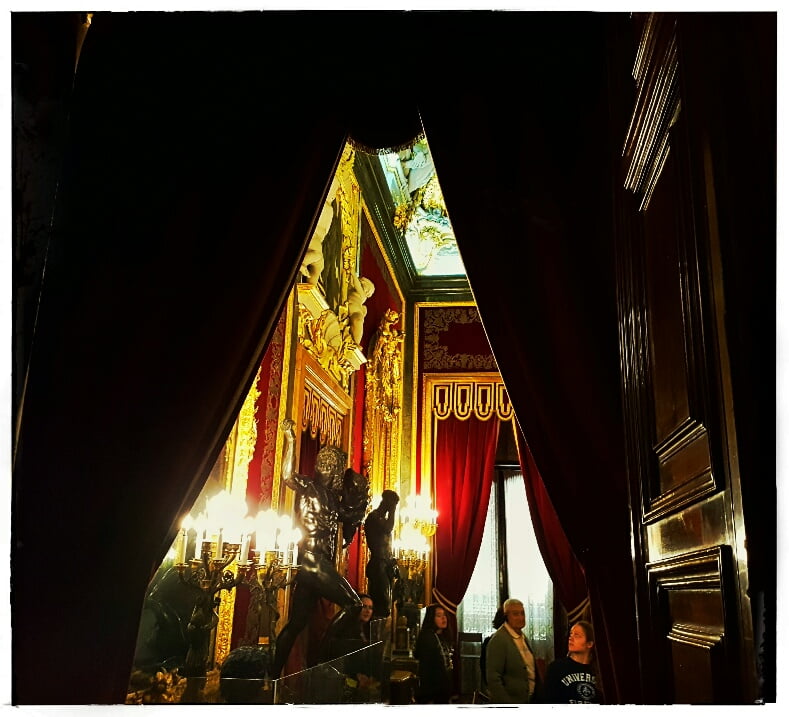
Accidental shot as we left the dining hall. Seats 140.

Accidental shot as we left the chapel.
If you’ve seen a palace, even if you’ve seen, say, the Hermitage, art aside, you think you’ve seen them all. But Madrid is one of those “beyond gilt” exaggerations of what it means to have both extreme wealth and power. Given that photos weren’t on the menu, I didn’t want to blog without including two of my favorite rooms; so I bought postcards.

This is the porcelain room. Serious. It’s 100 per cent porcelain. (Attached to lathe; very easy to dismantle and store if you’re under attack.) Constructed between 1765 and 1771.
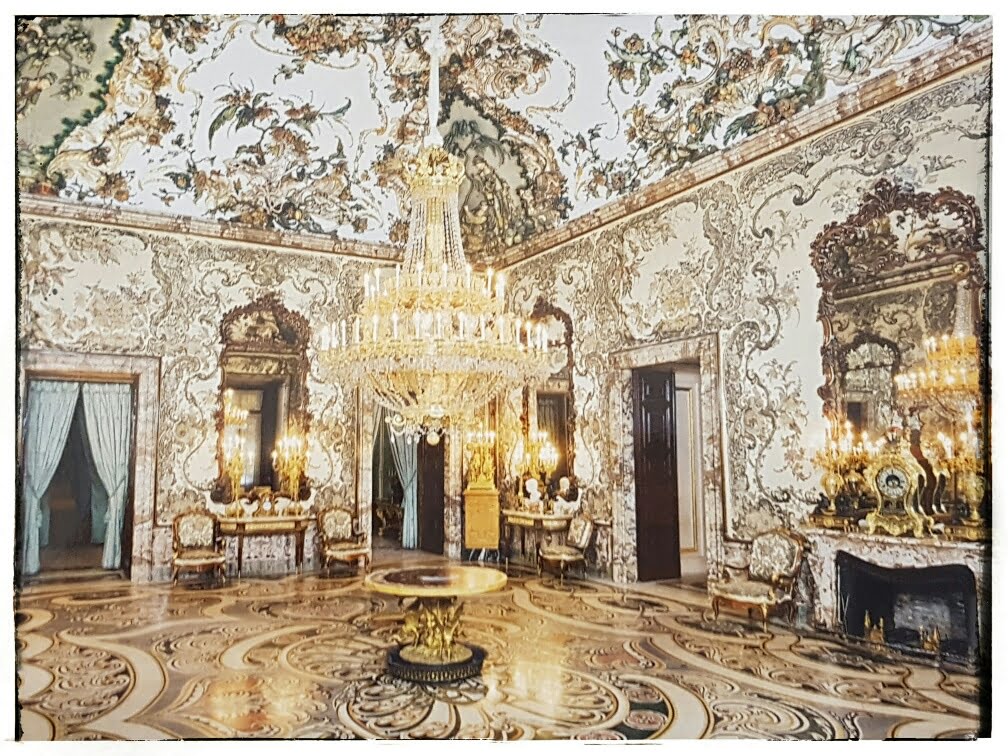
And this room, built as an anteroom for one of the Charles’, took 55 years to design, and so became known for its designer, Gasparini. Yes, 55 years to design one anteroom. This is an un-retouched photo!

That’s some lance Sir Lancelot.
I like the cut of his jib.
In separate rooms is the armory, a collection of armor, shields, artillery, saddles and so forth.
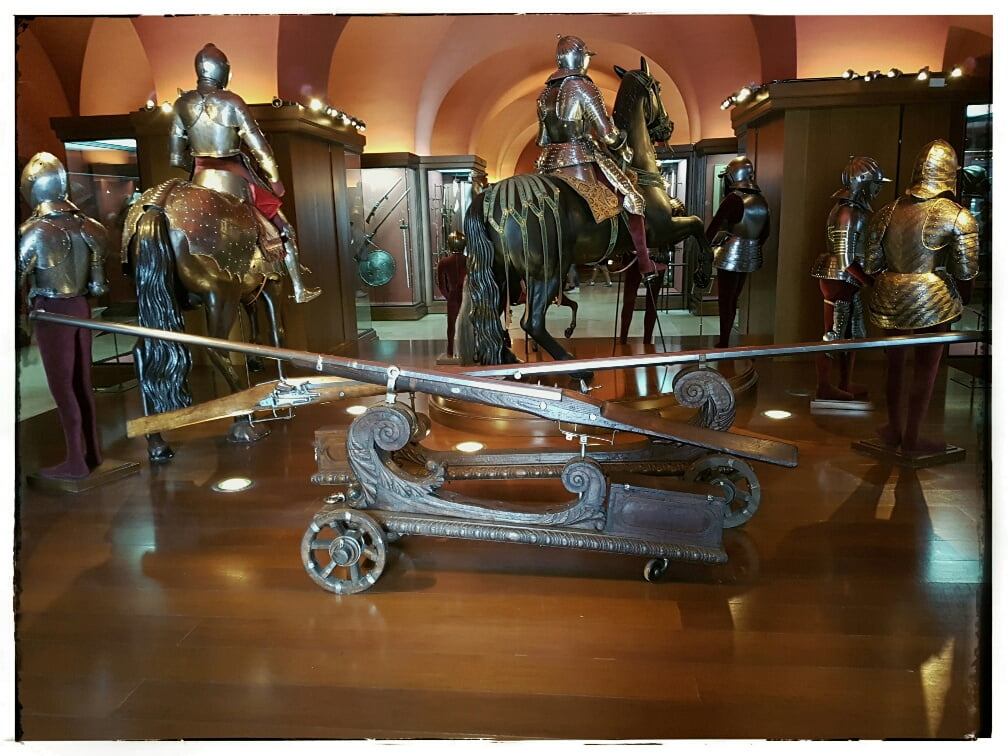

As muskets were introduced, armor had to be built heavier, sometimes weighing as much as 40 kilos.
The palace was sensational. The exhibit, so-so; there were two Bellini’s and one Caravaggio. Although that one Caravaggio was a grandstand of expertise. Salome Holding the Head of John the Baptist. This is not the same as the Salome in the National in London which, to be a little unfair, is a bit “busy” but rather a simpler, more visually striking, and deeply nuanced version.
We wound up our trip to the palace, wandered back into central Madrid, and took a tapas lunch at a recommended place called Lateral.

A lot of the official buildings were flying US and Pride flags, post-Orlando.

Oh-oh… Following lunch we headed to the Museo Reina Sofia, which is really a National Museum in the purest sense. Originally designed as a hospital, opened in 1756, converted to an art gallery in 1990. I would say the conversion has some strong points and some weak points.

The central courtyard is a strong point.

We’ve been thinking about a Miro for the cabin.

Or maybe a Calder.

A seven foot tall working metronome. After if was defaced at a Dadaist exhibition, Man Ray rebuilt it. As national gallery collections go, this is rather grand: Braque, Leger, Picasso, Miro, Gris, Man Ray, Dali, etc., etc., etc.


The star of the show is Picasso’s Guernica, and it is the star of the show, although you can’t take a picture of it. But you can take pictures of the Dali’s. Strange.

The pic above is lifted from the web, on purpose; I couldn’t see anything online, including HD video, that captured the nuance. It’s a much layered piece. And, to be mean, there were times in his career when Pablo phoned it in. But not here. There is some substantial more modern art, Damien Hirst, Cindy Sherman, bla, bla, bla, but there is an absorption limit to this sort of activity. We hit our cultural tipping point sometime around 3:30, and began the trek back to the Urso.
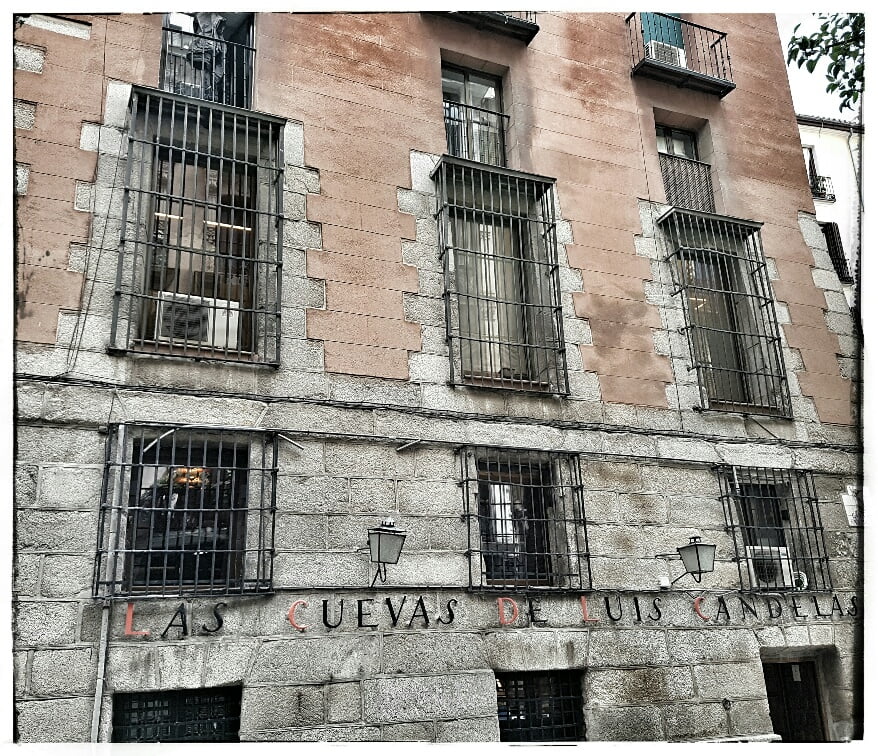
In case of fire, use the elevator.

A “living wall” en route. Was originally a power station.
I did the spa thing back at the hotel, but soon enough (or, in the case of being Canadian, not quite soon enough) it was the Madrileno’s dinner hour, what in YVR we call night-night. In the architectural school there is a chic and inviting restaurant called Bosco de Lobos.




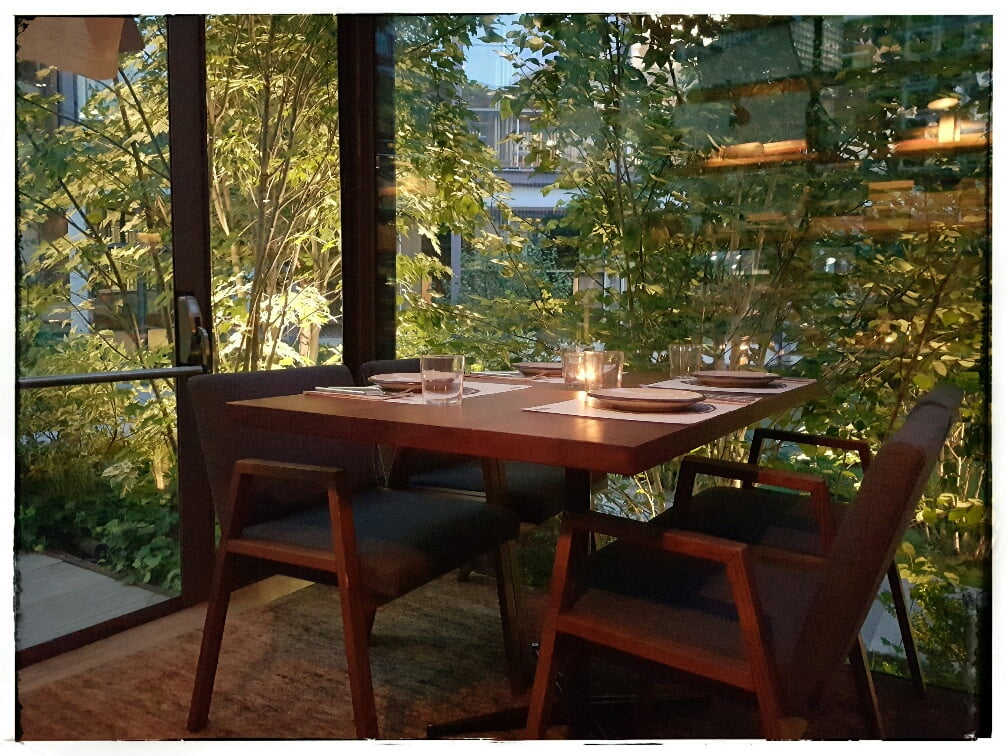
The terrace spreads into a courtyard, the restaurant, all glass, hovers over it as the courtyard dips a level. We shared a Caesar, artichokes, then SS had a fabulous home-made pasta and I indulged in red meet.
We’ve only scratched the surface of Madrid, but the only thing that would have made it better is, say, spotting Rafa getting into a limo.
